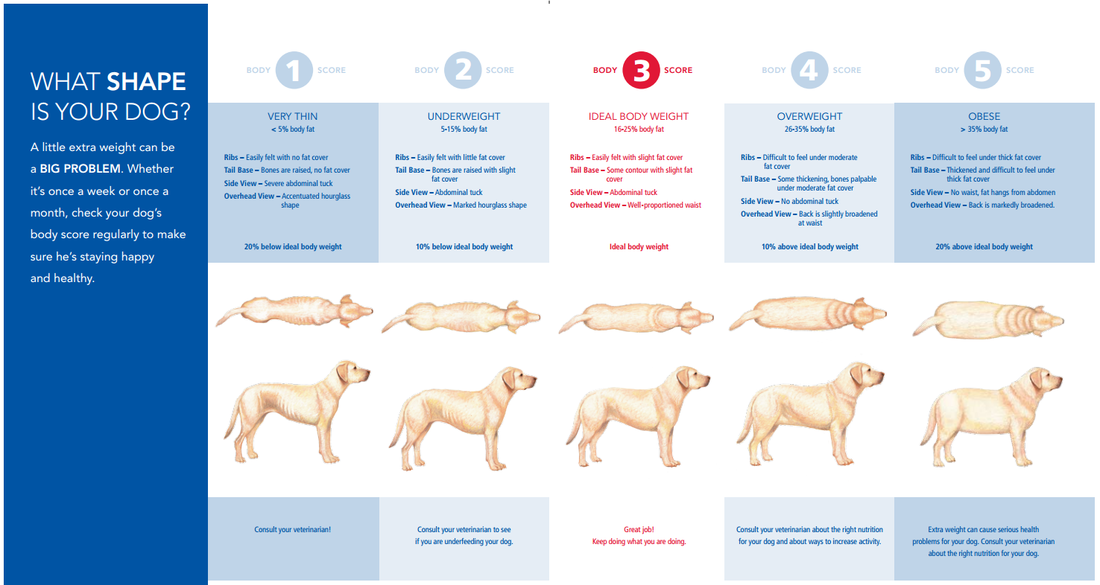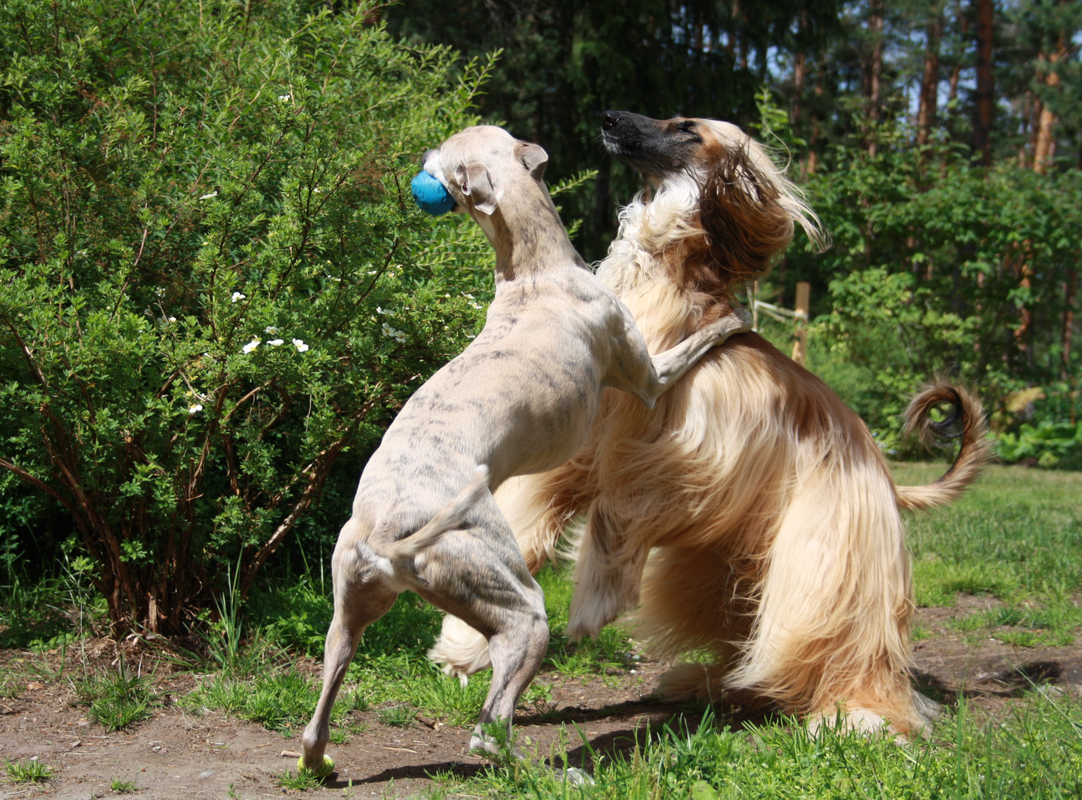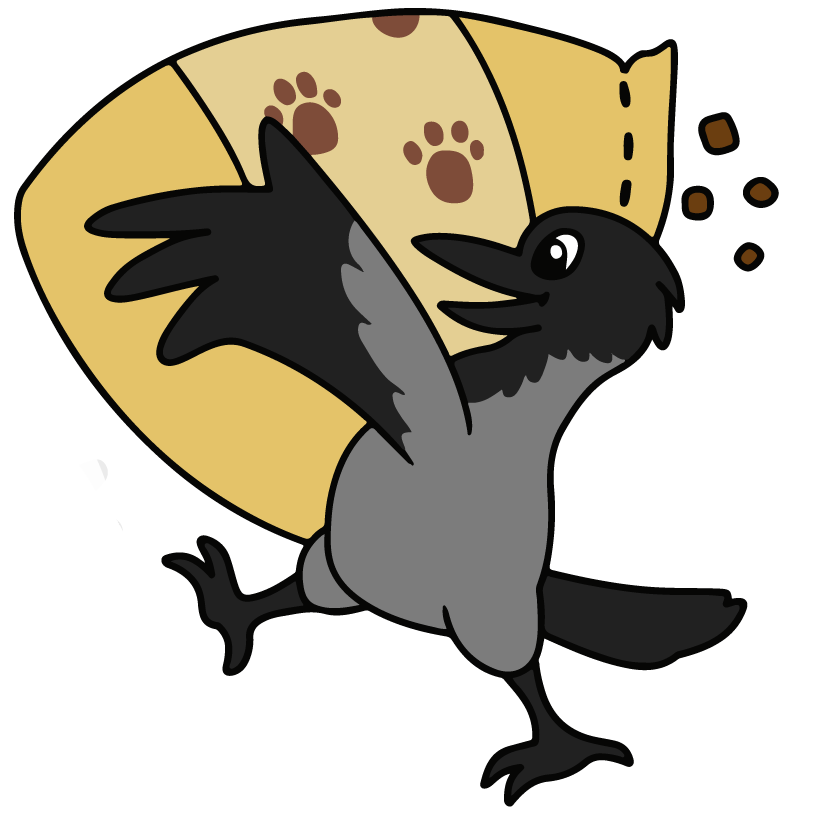Exercising is a vital part of any dog's life. There is no dog in the world that would choose to lay down all day. If the dog does so, there are several reasons for such behavior, such as pain, sickness, old age (and even so dogs usually like to have some sort of activities) or the most sad of all – apathy. Apathy is something that happens to a dog when it learns there is no activities and it is expected to just be. Apathy is never chosen by the dog, but an apathetic dog may find it hard to get rid of such state of mind if it's offered things to do in future. |
Mistä on kyse?Koko elämänsä koiria harrastaneen raakaruokintafriikin ajatuksia, pohdintoja ja elämää koiralauman kanssa. Seuraa meitä
Päivitämme säännöllisen epäsäännöllisesti myös Facebookiin.
Historia
June 2022
Kategoriat
All
|




